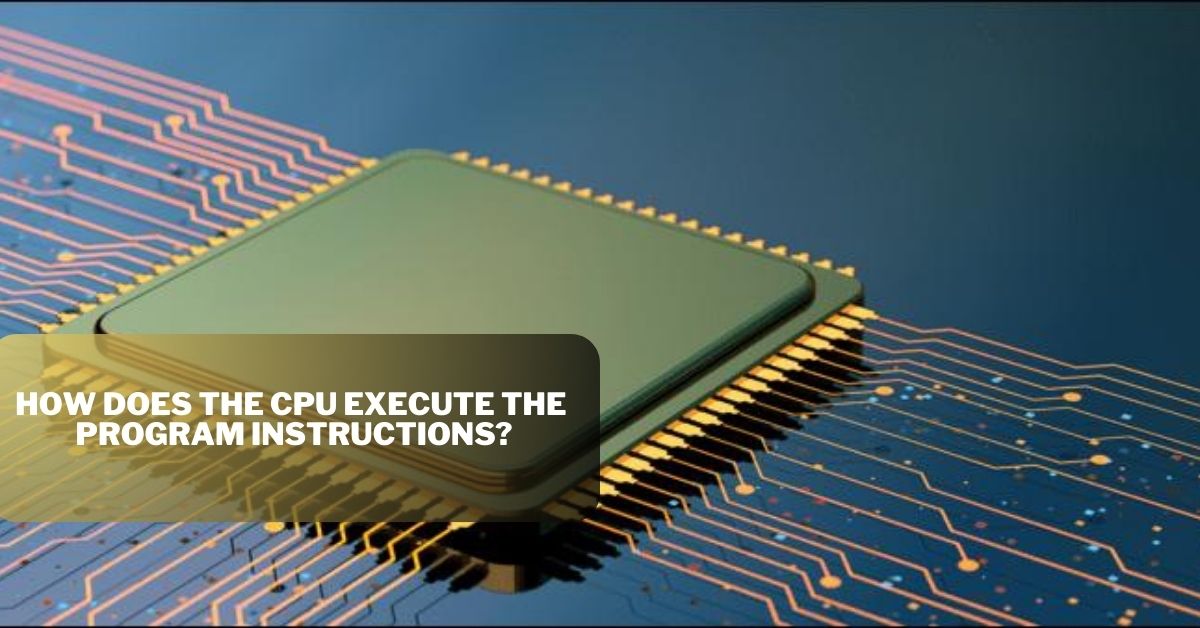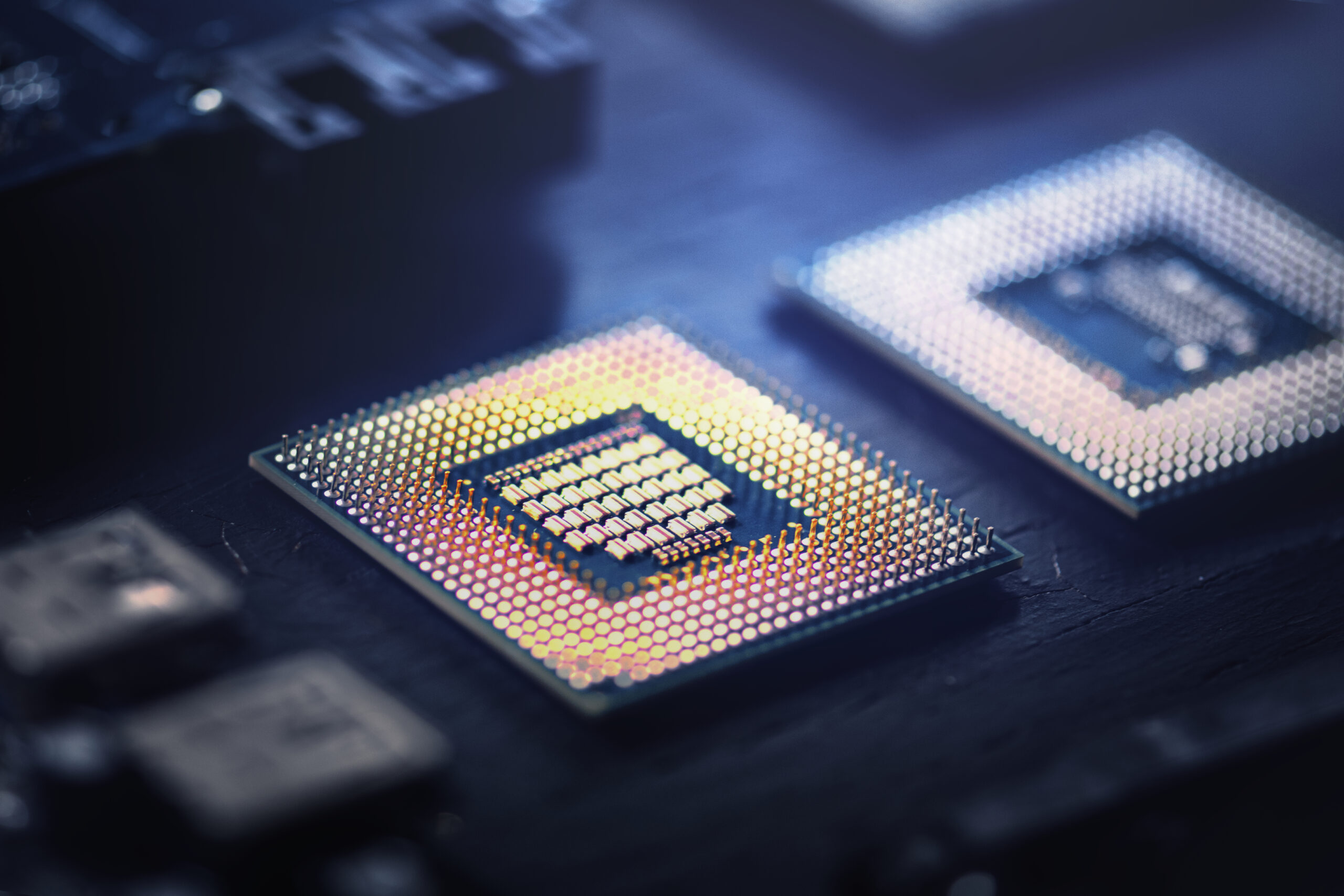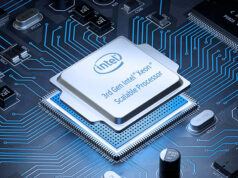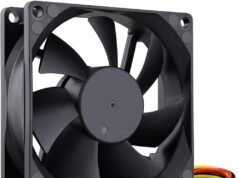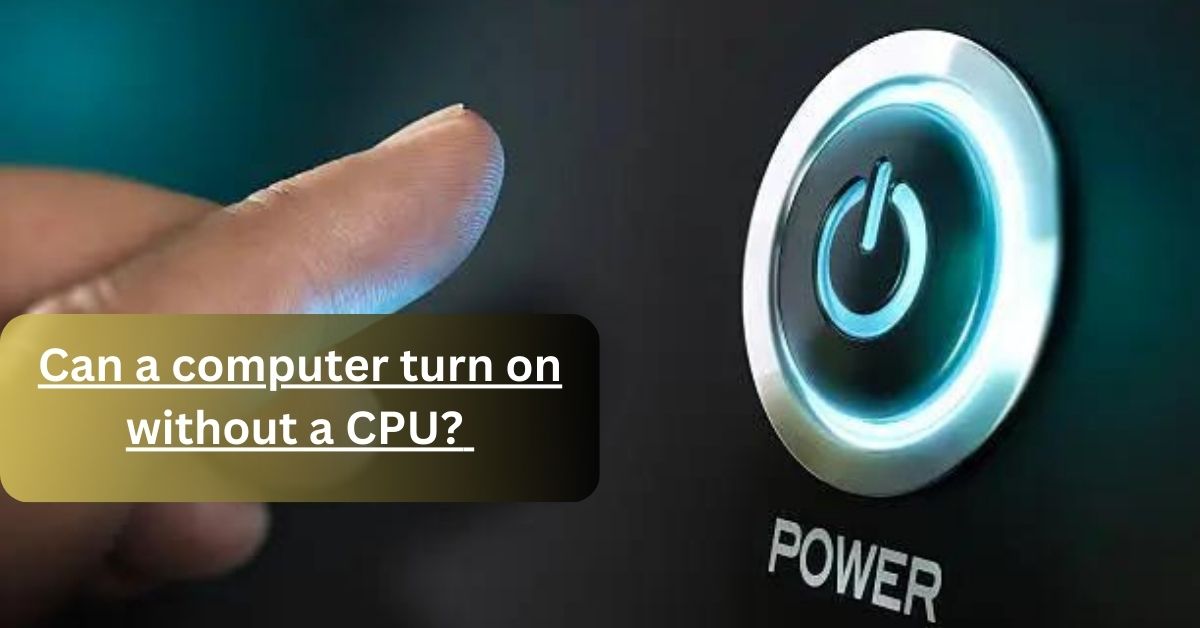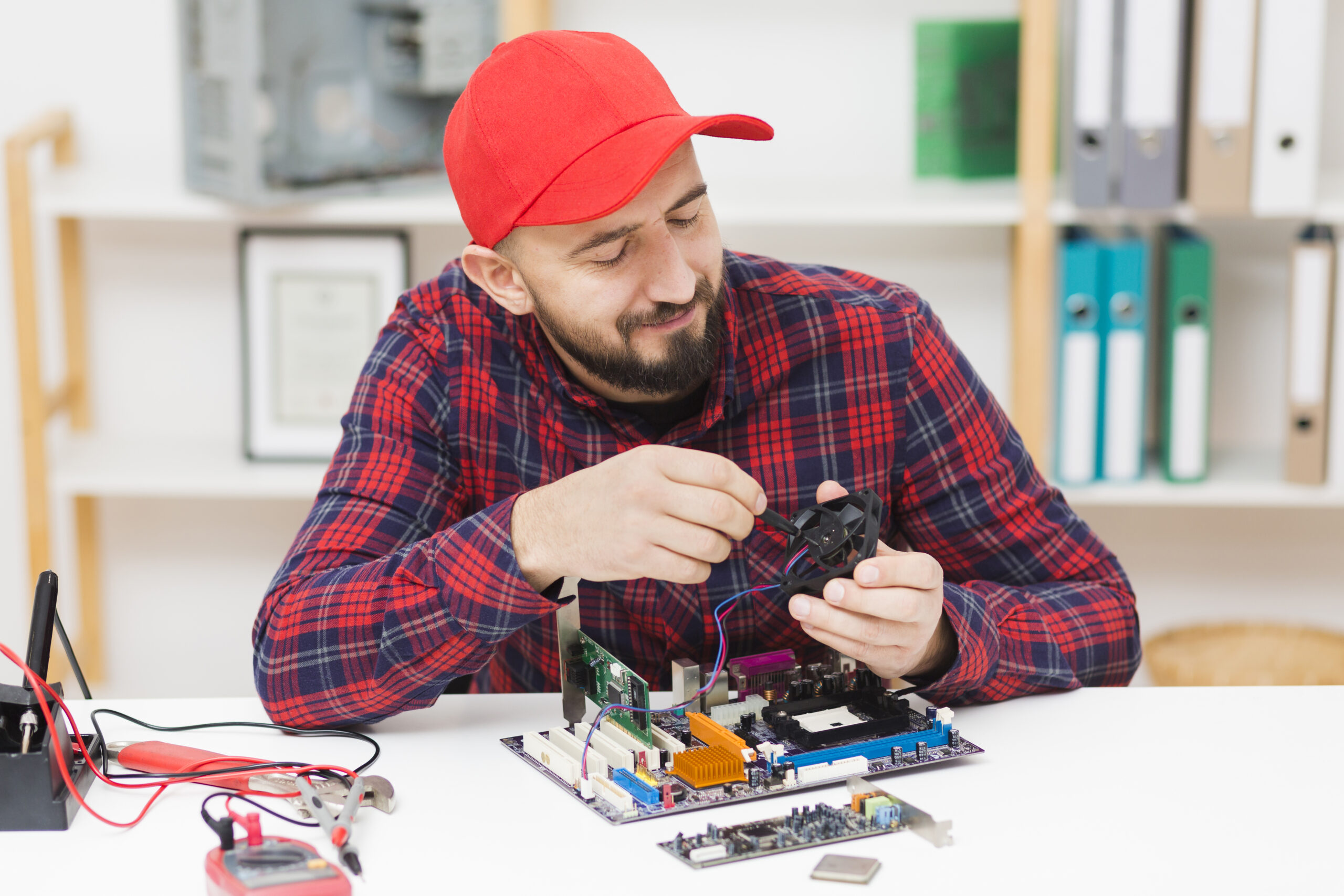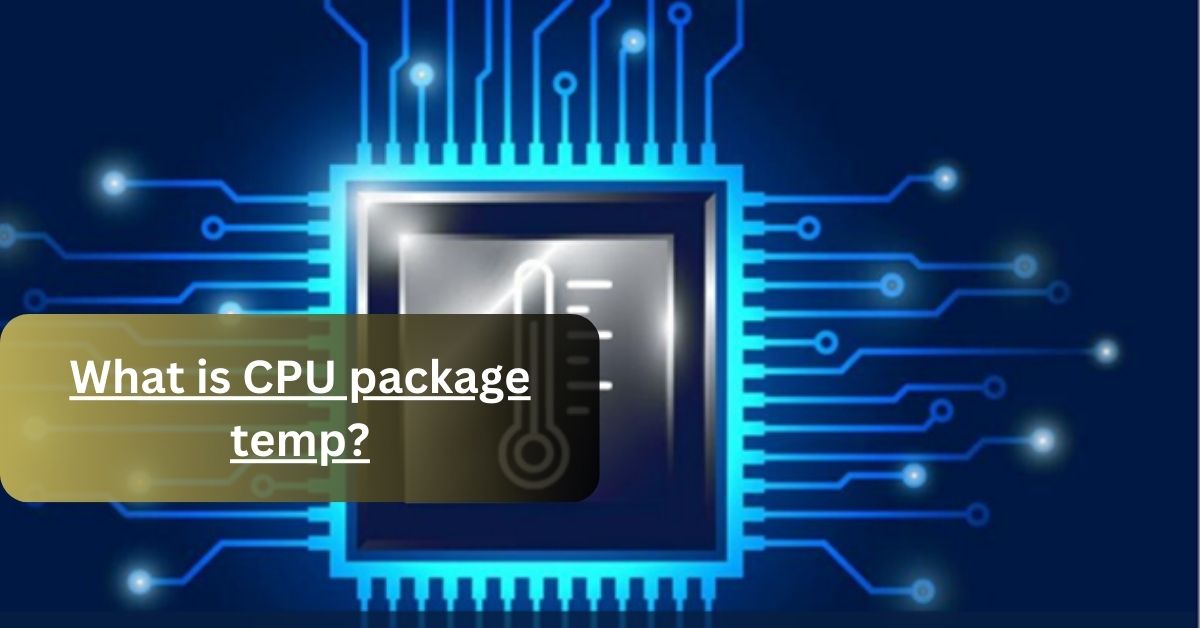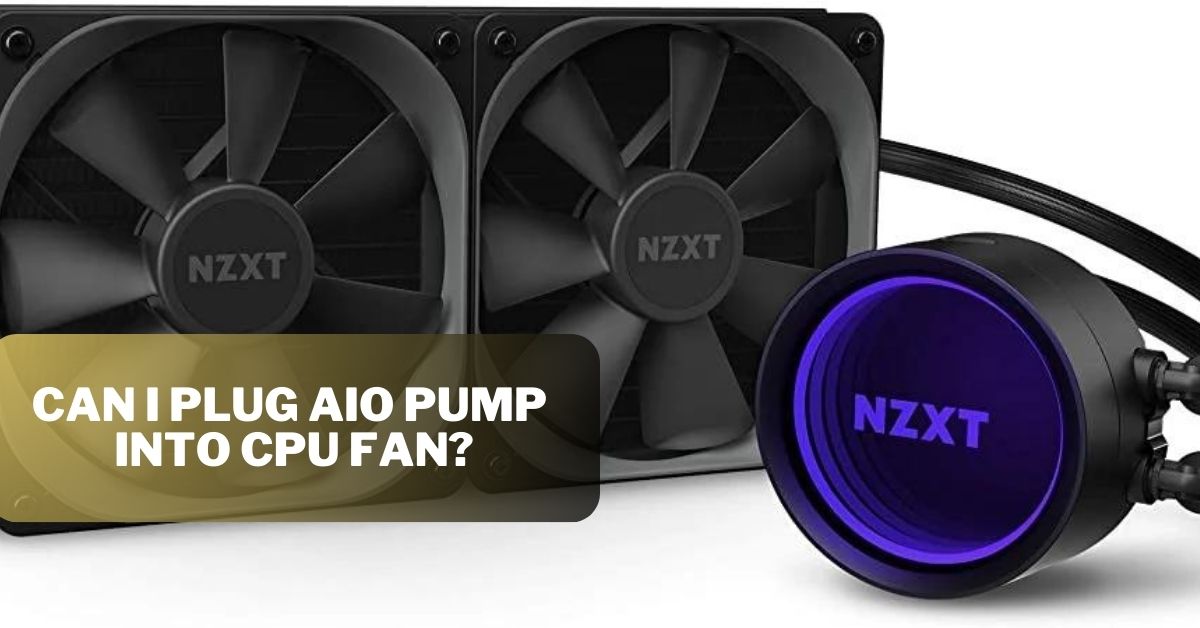Here I’m going to share the secrets many people don’t have any knowledge about them. It is common sense that computers convert all the information into their own code words which we provided to them.
But here the question arises what is the exact process of execution of all the instructions given by us?
Several steps are followed by every CPU to give the output. Computers follow these steps in a sequence and perform all the functions accurately.
Firstly, the computer gathers all the information given by us in its memory which helps it in the process of execution.
After gathering all the information, the computer decodes all the data in the language which is understandable by the computer. Some programming languages used by CPU are Python, Java, C++, and C.
When decoding is finished, all data is prepared for the process of execution. In this step, the computer solves all the queries given by us.
The tasks may be mathematical, or logical. After finding the solution, the Computer store all the data in its memory.
All the process mentioned above is completed within seconds and it is repeated continuously.
When one program is finished, the other is ready to go through all the steps of fetching, decoding, executing, and storing instructions.
Which part of computer executes program instructions?
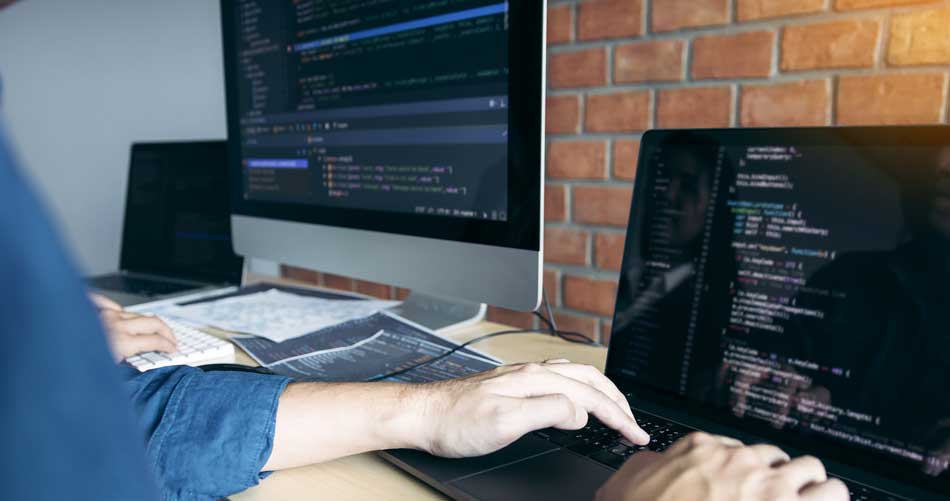
CPU is responsible to carry out all the operations and store all the data in it. It performs all the arithmetic, logical tasks, and all other tasks and pieces of information provided by the program.
CPU is the part of the computer in which program instructions are executed. The CPU fetches all the instruction from the computer’s memory and decode all the data.
After this, the CPU prepares data for the execution process and finally stores data in its memory.
So. the CPU is the main part of the computer which is responsible for all the tasks performed by the computer.
How the program executed internally in CPU? – steps
As I said above execution process takes place in several steps. Every program executes in the CPU by following all the steps which I’m going to discuss with you below:
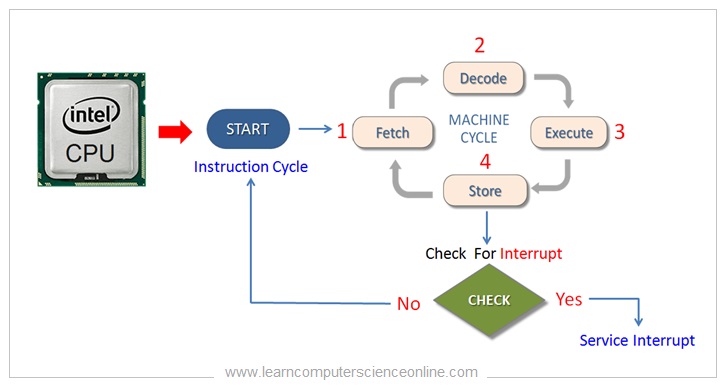
1. Fetch:
All the information is stored in the memory, CPU gathers all the needed information from the memory and prepares and arranges all the data in a sequence to move on to the next step.
2. Decode:
The second step after fetching is decoding. At the time of decoding, the CPU converts all the gathered information into the programming language.
Some programming languages commonly used are Java, Python, C, and C++. It is the process that helps the computer to execute the results.
3. Execute:
In short, you can say that it is the solution to all your problems. Like if you want the solution to any mathematical problem, It is the phase where the answer is calculated and stored in the memory for future use.
4. Memory Access:
In rare cases, there is a need to store fetched data and proceeded data separately in the memory or other sources.
5. Write back:
As required, executed data is stored in the computer’s permanent memory or other location or used where it is needed.
This is a summary of the execution process. This process is repeated whenever there is a need to perform any type of task. This cycle is named as fetch- execute cycle.
Overview of CPU: Detailed
CPU stands for Central Processing Unit. It is the brain of the computer because it performs all the functions of a normal human brain.
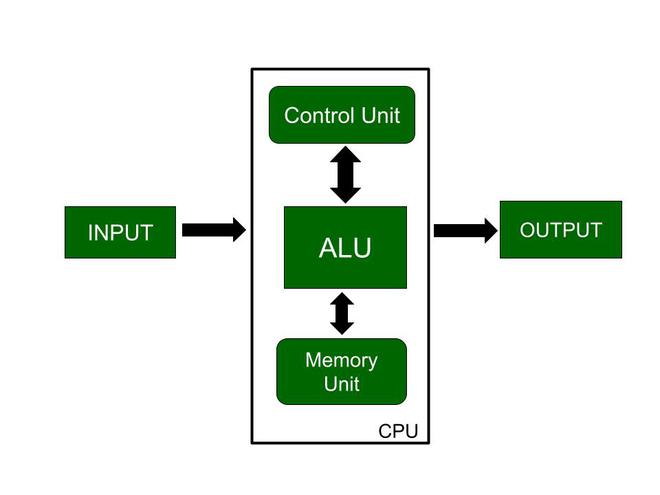
CPU contains several components like a control unit, cache memory, Arithmetic and Logic units, and registers.
Registers are the small storage component that is used to store data that can be accessed easily. Arithmetic and logic units (ALU) perform arithmetic and logical operations.
Of all the components of the CPU, the main part is the control unit because it controls and manages all the tasks and activities throughout the programming.
In short, all the components of the CPU take part in the execution cycle.
A figure of the Fetch Execution Cycle:
Here is the figure for you which clarifies the complete execution cycle.

In this image, you can see that the first step is about fetching the information which is stored in the main memory and the decoded data is stored in the registers to execute the results.
Fetching and decoding data is done in the control unit and storing and executing results are performed in the ALU.
This whole cycle is completed within seconds and the whole process is repeated simultaneously.
By Sum Up All Data:
By Summarizing the above information, I want to clarify that the CPU is the main part of the computer system which controls all the activities of the system.
Executing the program instruction seems like an easy task but it is quite a challenging task for the CPU because it takes many steps to proceed. I just mention the steps again for your summary:
- Fetch
- Decode
- Execute
- Storing data.
These are the main steps of the execution cycle. This process is repeated on every single program. To get more information about the CPU performance you can visit our website.
Video Guide
Related Articles
- Can a broken motherboard break a power supply? || Answered
- Does Overclocking Lower Cpu Lifespan? || Benefits & Disadvantages
- Can Cpu Cause Black Screen? – Understanding The Causes
- Can Fauclty CPU damage motherboard? – Best Answered
- How long do liquid coolers last? || A Guide to Understanding Their Lifespan


